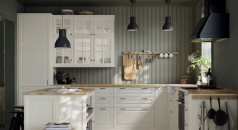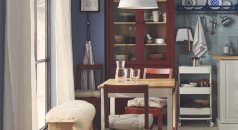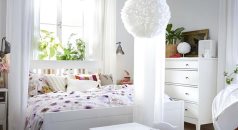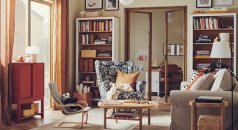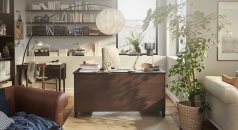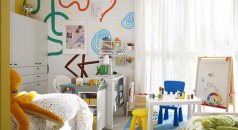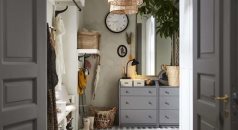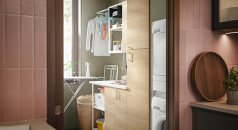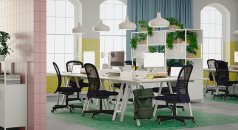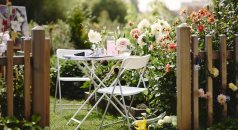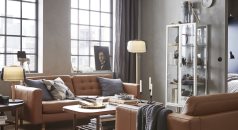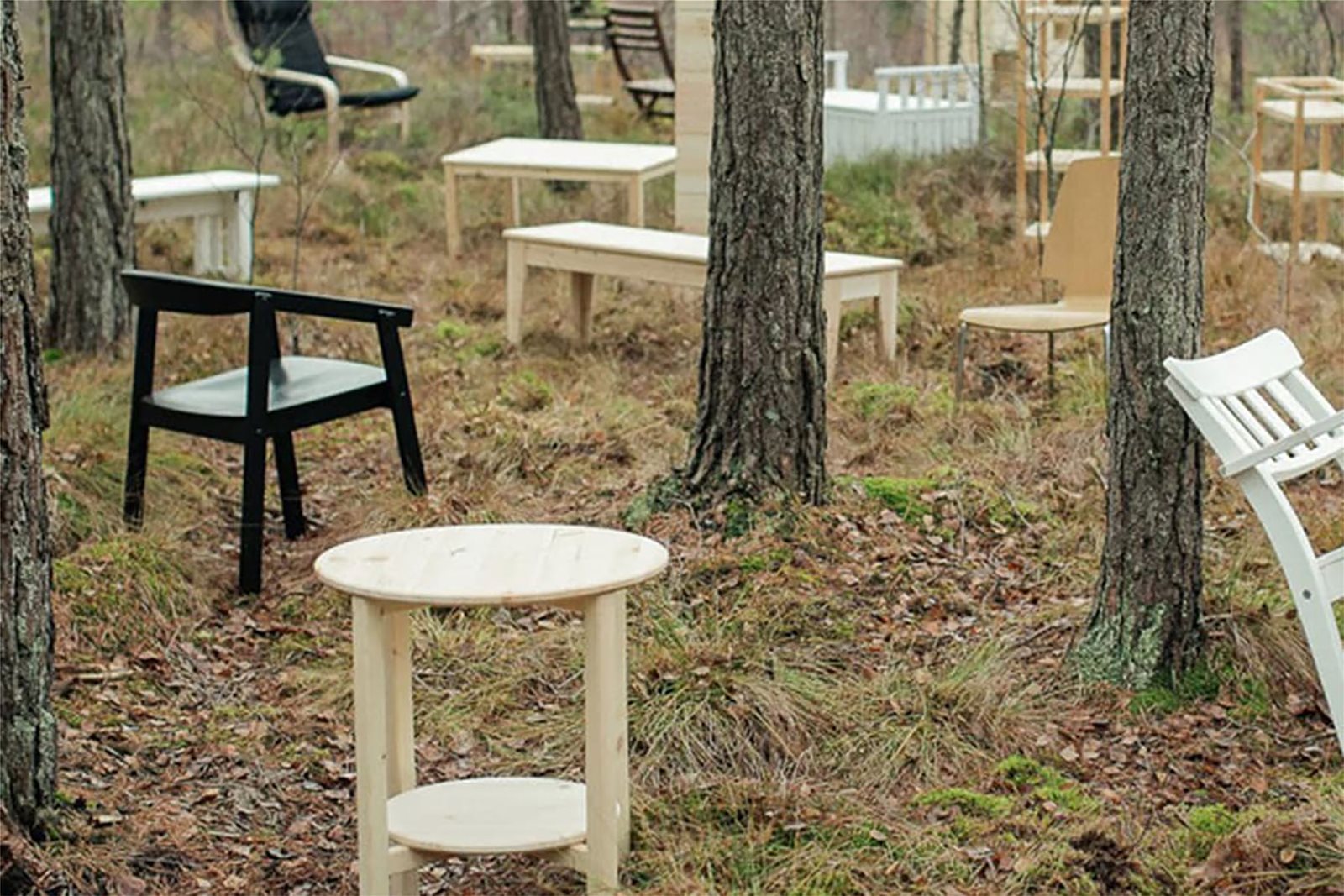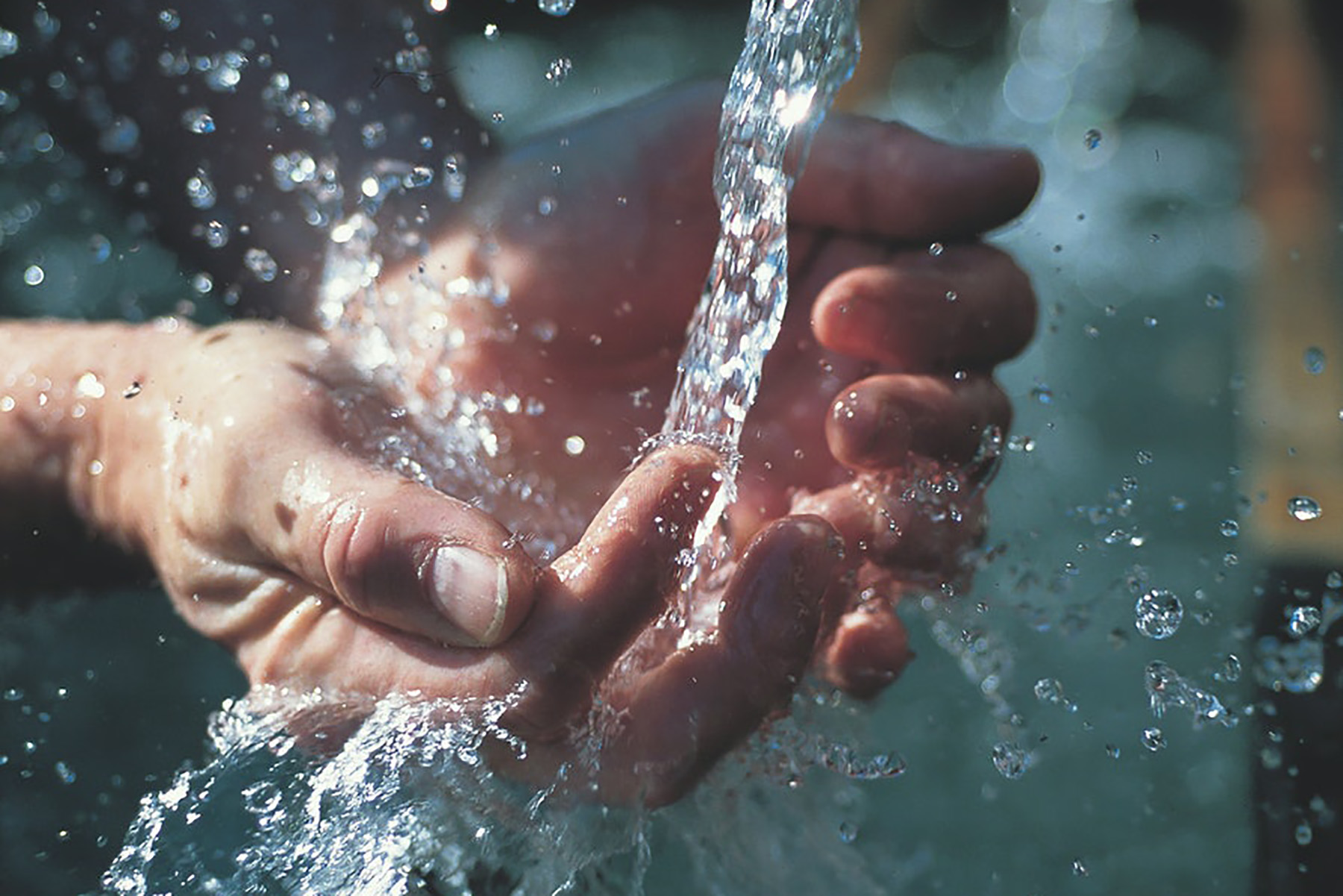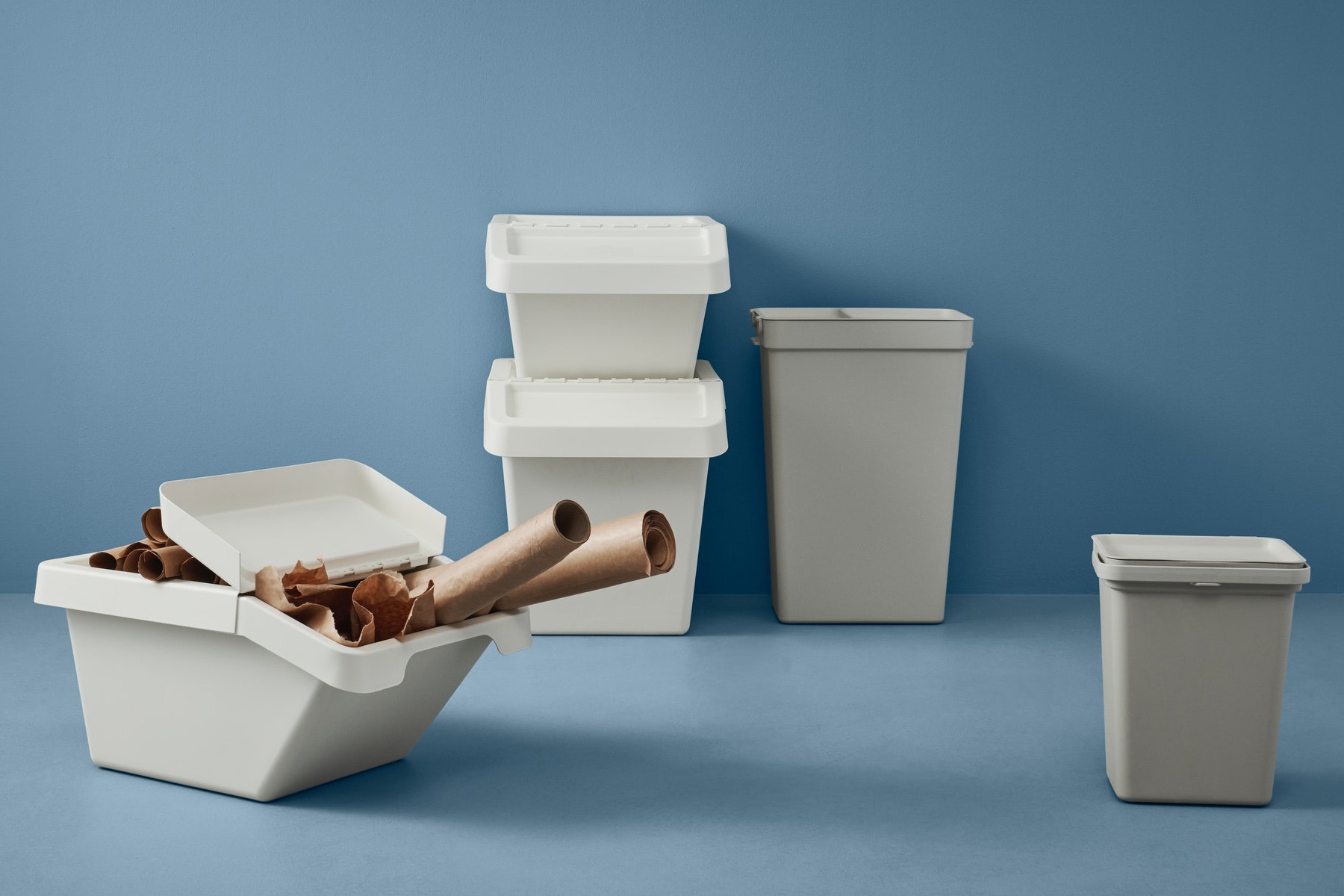

Wood
Wood is fundamental to IKEA – it’s a renewable, natural and durable material.
The size of IKEA means that is has a great ability and responsibility to protect the world’s forests. By the end of 2020, we achieved to certify 100% of the wood we use by FSC (Forestry Stewardship Council) or from recycled sources.
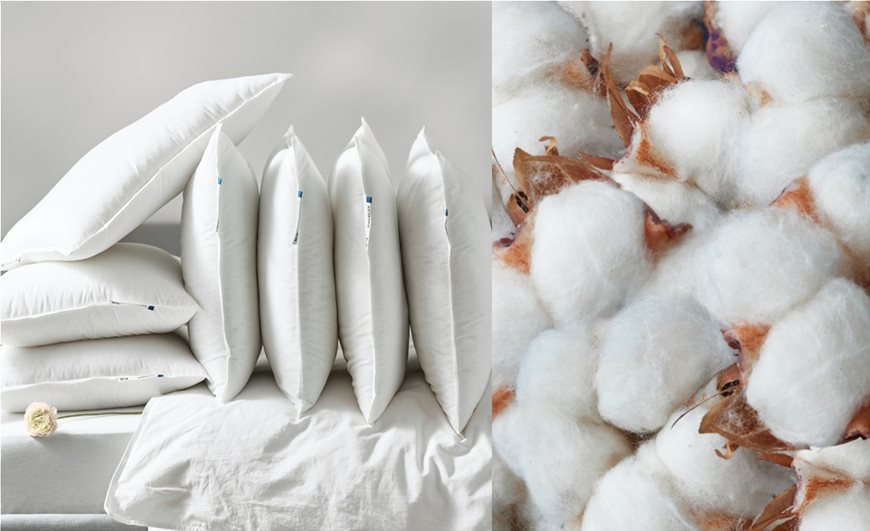
Cotton
We love working with cotton. It’s a natural and renewable material that breathes well. And because it absorbs moisture, our cotton textiles are suitable even in the warmest of climates.
Since 2015, all cotton in our products comes from more sustainable sources. “More sustainable” means improved cotton production for people and the environment by minimising the use of pesticides and fertilisers. It’s about securing better water management and developing cultivation practices.
Moving forward, we’ll continue to focus on water efficiency and biodiversity. As part of reaching our goal, we want sustainable cotton to be the norm for the entire industry, not just IKEA.
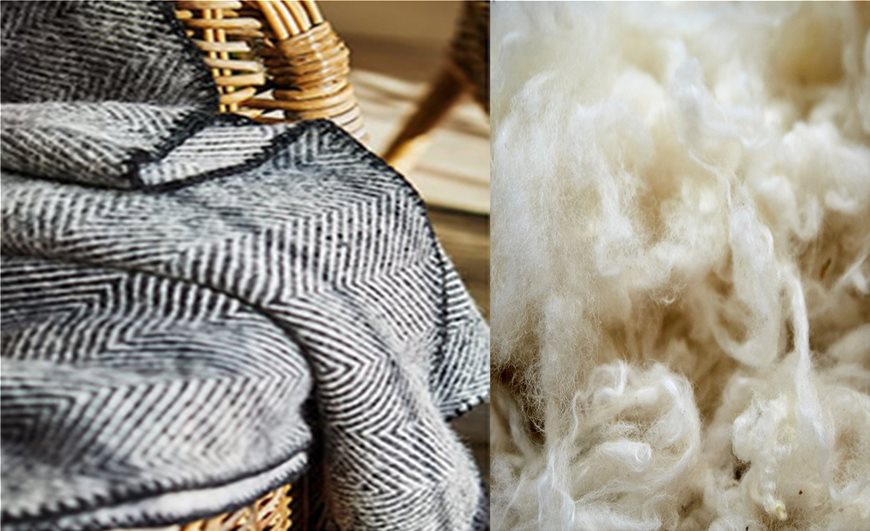
Wool
Wool is a durable, natural, strong material, perfect for blankets, carpets and other products for the home. What’s more, this sustainable material is renewable as well as biodegradable and recyclable.
IKEA wants to have a positive impact on people, animals and the planet. That’s why we’re on a journey to transform all the wool we use in our products to 100% Responsibly Sourced Wool.
To reach this goal, IKEA has begun complying with the ‘Responsible Wool Standard’ (RWS) guideline.
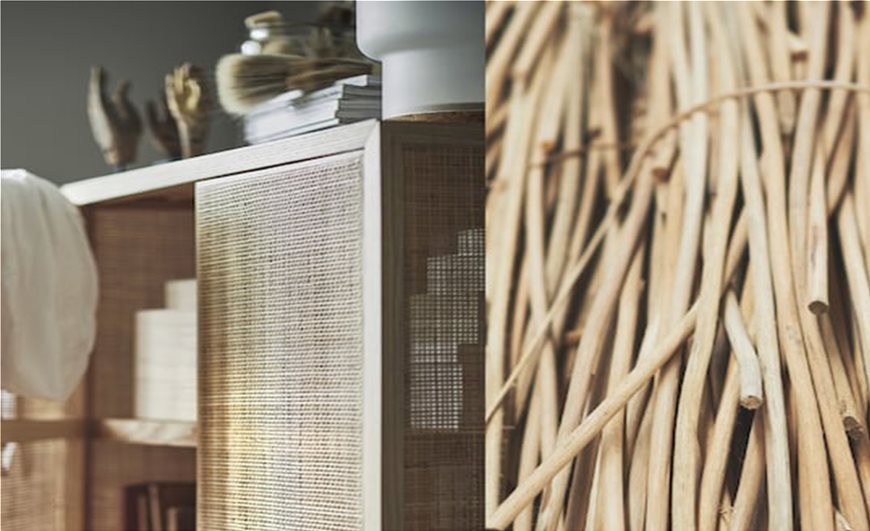
Natural fibres
From water hyacinth to cork, banana fibres, and rattan, the use of natural fibre materials is increasing at IKEA. Not only are they natural and renewable, they also have great character, making each final product quite unique.
A majority of this production is non-industrial. IKEA is working closely with craftsmen and women in Vietnam, Indonesia, and China amongst other countries. Working with skilled artisans from around the world opens up doors for co-creation, inspiration and new production knowledge as well.
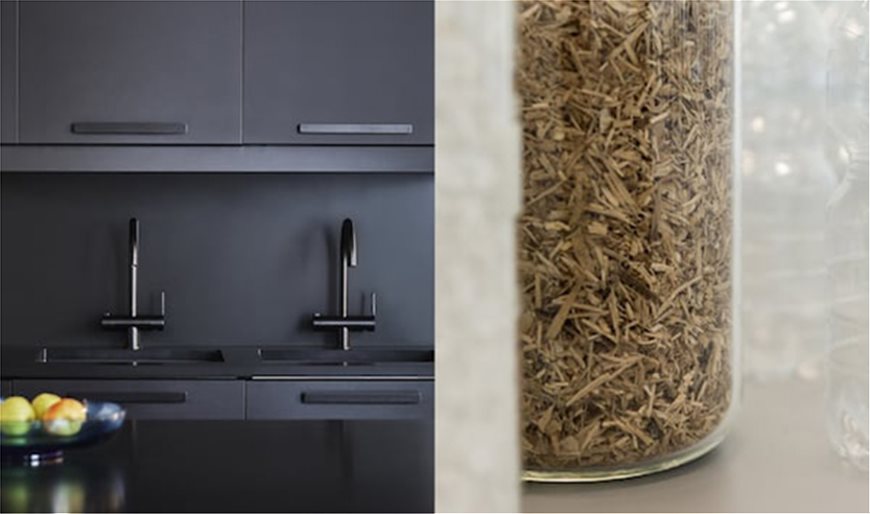
Scrap/recycled
We use recycled materials whenever possible. Wood, plastic, paper, and metal are just a few that we love to work with. We differentiate between scrap and recycled materials - scrap refers to the leftover material from another production, while recycled is when we’re able to reuse material from old products.
But, it’s more - it’s a way of thinking and developing products too. We aim to design in ways that allow you to recycle products at the end of their lifetime, thus minimising waste. That’s why we’re constantly looking for new ways to use scrap materials and recyclables and turn them into something useful and stylish for your home, like with KUNGSBACKA kitchen fronts.
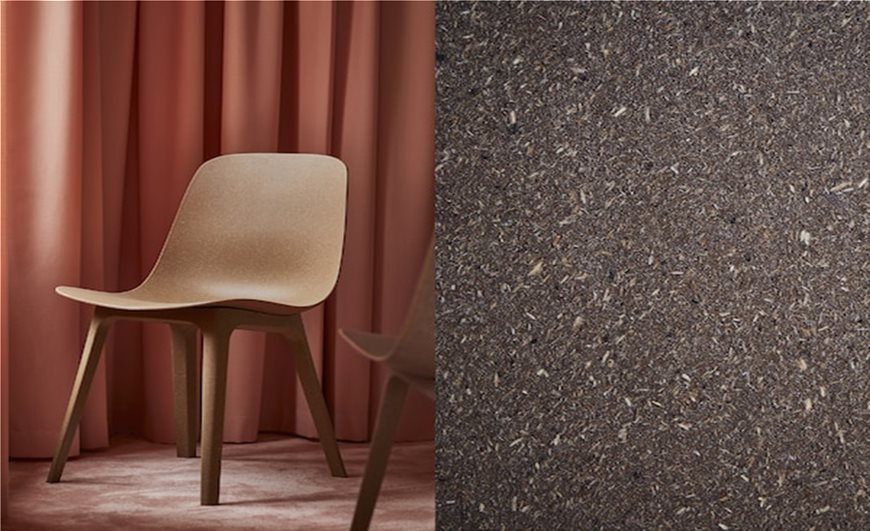
Composite
A composite material consists of two or more materials - each with different characteristics. At IKEA, we use composite material because it’s strong, low maintenance, low price, and light. An example is wood-plastic composite. Using wood fibre waste makes plastic products stronger and less expensive - and it helps put waste to good use.
That’s the beauty of composite: there’s less material usage and a great potential to utilise materials (otherwise classified as waste) and turn them into something new that is strong, compact, and light with a long life span. Find composites in everything from BILLY bookcases to ODGER chairs.
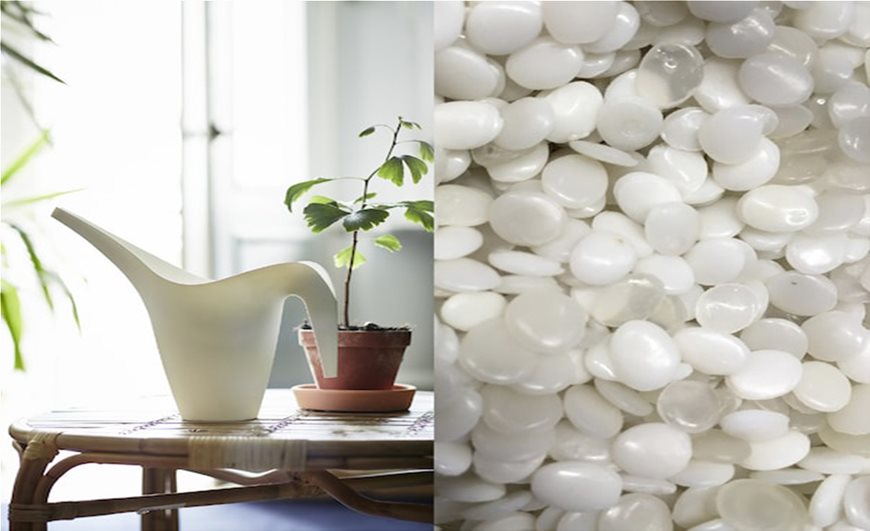
Plastic
We’re on a journey towards only using recycled and/or renewable plastics. Most plastics are oil-based, which means that they come from a non-renewable resource. So, whenever possible, we use as much recycled or renewable plastic in our products as we can. Today, about one third of our plastic items come from renewable and/or recycled sources.
PET, PE and PP are three of the most commonly used plastics in IKEA products, and all comply with the strictest law and safety standards. We have detailed requirements on the use of chemicals and other substances in the production process, taking into account your health and the environmental impact.
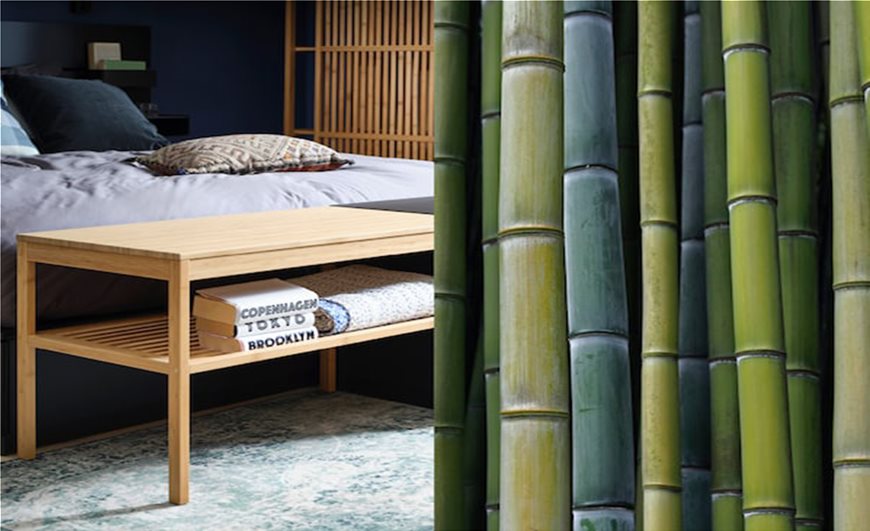
Bamboo
Bamboo is one of the fastest growing plants in the world - one of many reasons why we like working with it. It’s durable, hard, and moisture tolerant. We divide bamboo into three categories depending on the process and product that it’s used for:
Natural fibres - the fibre is weaved, rolled or pressed. Industrialised Bamboo - split into thin layers and glued together to form different boards.
More than 90% of the bamboo we use is grown in China, and in 2016, nearly all of it was FSC certified.


